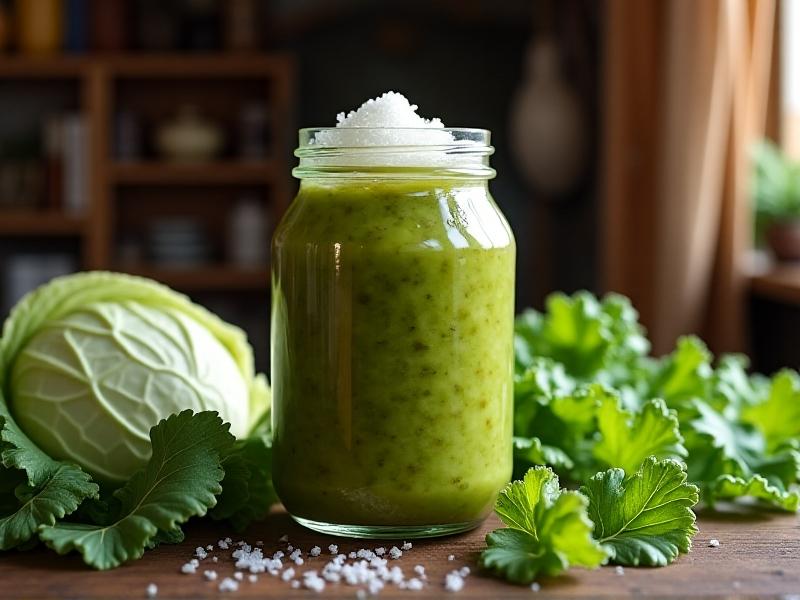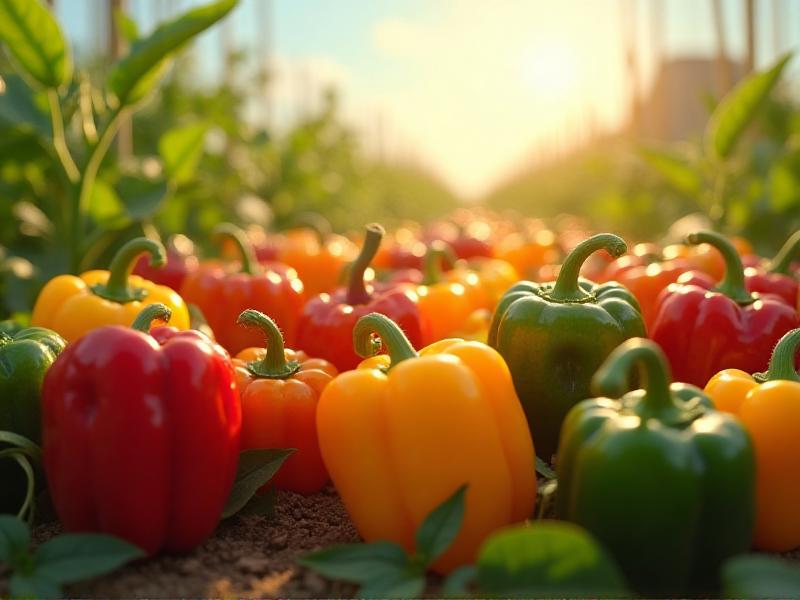High-Salt vs Low-Salt Fermentation Experiments
Introduction to High-Salt vs Low-Salt Fermentation
Fermentation is a time-honored process that transforms raw ingredients into flavorful, preserved foods. One of the most critical factors influencing fermentation is the amount of salt used. High-salt and low-salt fermentation methods each have unique benefits and challenges, shaping the texture, flavor, and safety of the final product. This blog post delves into the science and art of these two approaches, exploring how they impact the fermentation process and the resulting foods.

The Science Behind Salt in Fermentation
Salt plays a multifaceted role in fermentation. It inhibits the growth of harmful bacteria while promoting the growth of beneficial lactic acid bacteria, which are essential for successful fermentation. High-salt environments create a selective pressure that favors these bacteria, ensuring a safer and more predictable fermentation process. On the other hand, low-salt fermentation relies on other factors, such as temperature and pH control, to achieve similar results. Understanding the biochemical interactions at play can help fermenters make informed decisions about salt levels.

High-Salt Fermentation: Benefits and Challenges
High-salt fermentation is often favored for its ability to preserve foods for extended periods and its robust flavor development. Traditional methods like sauerkraut and kimchi often use high-salt brines to achieve their characteristic tangy taste. However, excessive salt can also slow down the fermentation process and may not be suitable for individuals monitoring their sodium intake. Balancing salt levels is key to achieving the desired outcome without compromising health or flavor.

Low-Salt Fermentation: Benefits and Challenges
Low-salt fermentation offers a healthier alternative, making it ideal for those seeking to reduce their sodium consumption. This method often results in a milder flavor and quicker fermentation, but it requires careful monitoring to prevent spoilage. Techniques like using starter cultures or maintaining precise temperature control can help mitigate the risks associated with low-salt fermentation. While it may demand more attention, the rewards include a fresher, more delicate taste and a healthier end product.
Comparing Flavor Profiles: High-Salt vs Low-Salt
The amount of salt used in fermentation significantly influences the flavor profile of the final product. High-salt ferments tend to have a more intense, tangy taste, while low-salt ferments are often milder and more nuanced. This section explores how salt levels affect the development of flavors, from the initial tanginess to the complex umami notes that emerge over time. Taste tests and expert opinions provide insights into the sensory differences between the two methods.
Health Implications of High-Salt and Low-Salt Fermentation
While fermentation itself is a healthy process, the salt content of fermented foods can have significant health implications. High-salt ferments may contribute to increased sodium intake, which is linked to hypertension and other health issues. Low-salt ferments, on the other hand, offer a way to enjoy the benefits of fermented foods without the added sodium. This section examines the nutritional aspects of both methods and provides tips for incorporating fermented foods into a balanced diet.
Practical Tips for High-Salt and Low-Salt Fermentation
Whether you're a seasoned fermenter or a beginner, understanding the practical aspects of high-salt and low-salt fermentation can help you achieve better results. This section provides step-by-step guidance on preparing brines, monitoring fermentation, and troubleshooting common issues. Tips on equipment, ingredient selection, and storage ensure that your fermentation projects are successful, regardless of the salt level you choose.
Cultural Perspectives on Salt in Fermentation
Salt has been a cornerstone of fermentation across cultures for centuries. From Korean kimchi to German sauerkraut, each tradition has its own approach to salt levels and fermentation techniques. This section explores the cultural significance of salt in fermentation, highlighting how different societies have harnessed its power to create unique and beloved foods. Stories and anecdotes from around the world add depth and context to this fascinating topic.
Innovations in Fermentation: Beyond Salt
As interest in fermentation grows, so does the exploration of alternative methods that reduce or eliminate the need for salt. Innovations like vacuum-sealed fermentation, the use of koji, and other starter cultures are expanding the possibilities for fermenters. This section looks at these cutting-edge techniques and how they are shaping the future of fermentation, offering new ways to achieve flavor and preservation without relying solely on salt.
Conclusion: Choosing the Right Salt Level for Your Fermentation
Deciding between high-salt and low-salt fermentation ultimately depends on your goals, preferences, and health considerations. Both methods have their merits, and experimenting with different salt levels can help you discover what works best for you. By understanding the science, flavor profiles, and cultural contexts of salt in fermentation, you can elevate your fermenting skills and create delicious, nutritious foods that suit your lifestyle.








